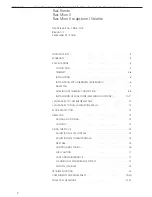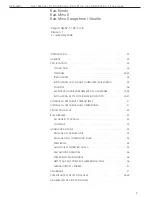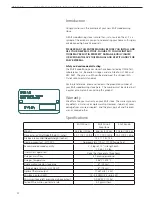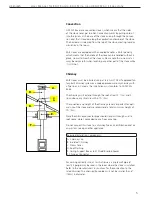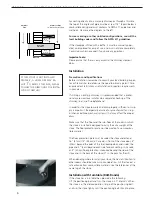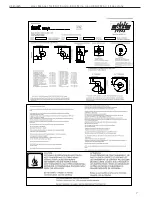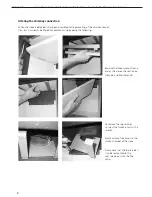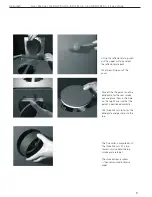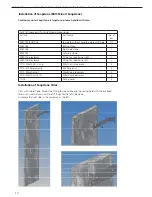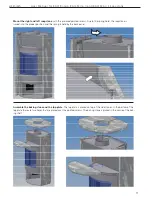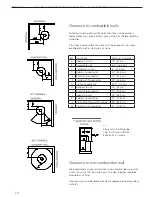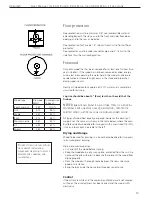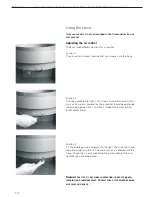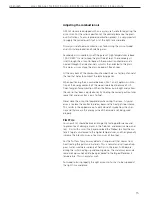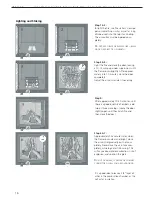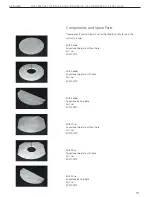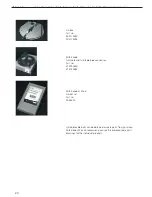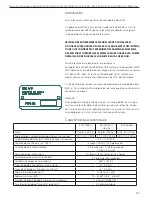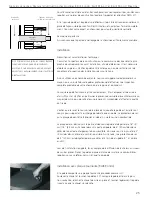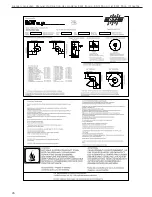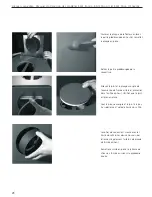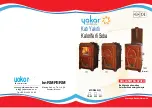
15
US English User Manual for RAIS Rondo, RAIS Mino II and RAIS Mino II Soapstone
Adjusting the combustion air
All RAIS stoves are equipped with an easy-to-use handle for adjusting the
air control. For the various positions of the control please see the previ-
ous illustrations. To ensure proper combustion process it is very important
to supply the correct quantity of air at the right time and place.
Primary air is defined as combustion air for burning the mass of wood
and stimulates production of volatile gases.
Secondary air is used to burn off the gases at high temperatures (above
1,000°F/540°C) and to keep the glass free of soot. The secondary air
is let through the air control beneath the combustion chamber and is
heated through the side channels, which is then directed to the glass.
The warm air runs along the glass, keeping it free of soot.
At the very back of the combustion chamber there is a tertiary channel at
the top that helps to combust the remaining gases.
When positioning the air control between Pos. 1 and 2 optimum utiliza-
tion of the energy contents of the wood is obtained, because of suf-
ficient oxygen for combustion. When the flames burn bright and yellow,
the control has been adjusted correctly. Finding the correct position takes
some trial and error, but is easy to find.
Never close the air control completely when using the stove. A typical
error is to close the control too soon, because the heat gets too intense.
This results in the appearance of a dark cloud of smoke from the chim-
ney and that means the energy value of the wood is not being used
properly.
First Fire
Your new RAIS should be broken into gently for top performance and
to prevent paint damage, cracks in the firebrick, and excessive wear and
tear. Start with a small fire (never overload the firebox) to allow the ma-
terials to get accustomed to the higher temperatures, and then gradually
increase the intensity. Use up to a maximum of two logs.
For the first few fires you may detect a strange smell that comes from
heat treating the paint and materials. This is normal and will soon disap-
pear. Just ensure there is plenty of fresh air in the room. Furthermore,
during the initial heating up and cooling down, the metal may emanate
some clicking sounds due to being exposed to the large differences in
temperature. This is normal as well.
For wood to burn properly, the right amount of air has to be supplied at
the right time and place.


